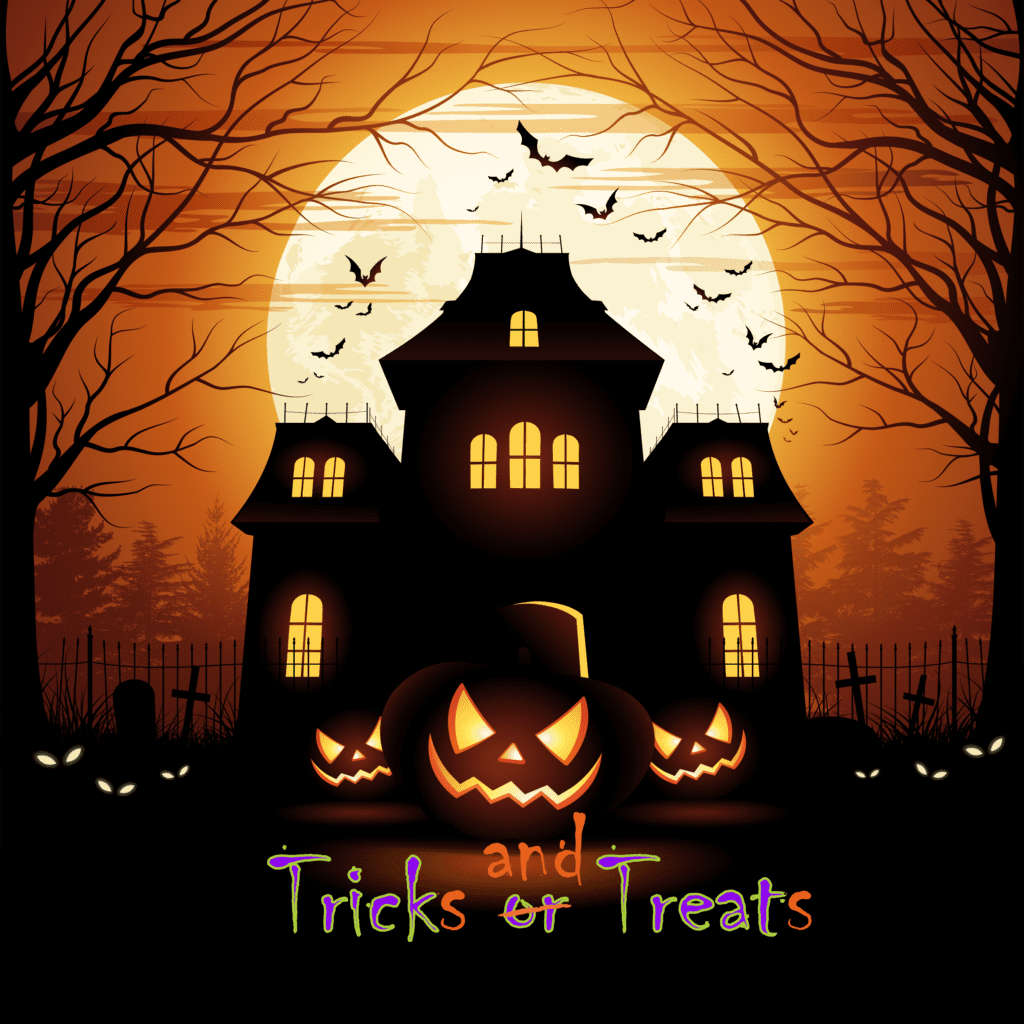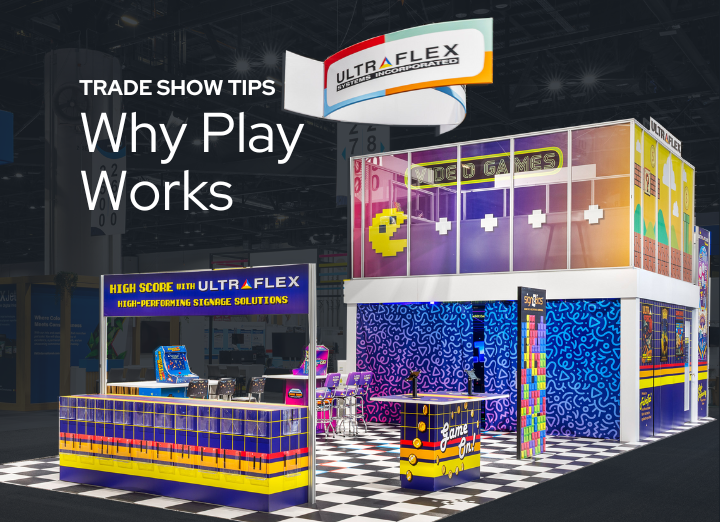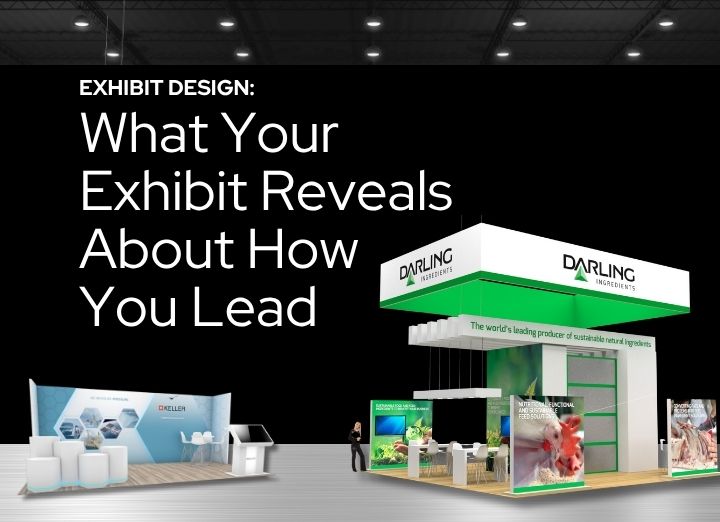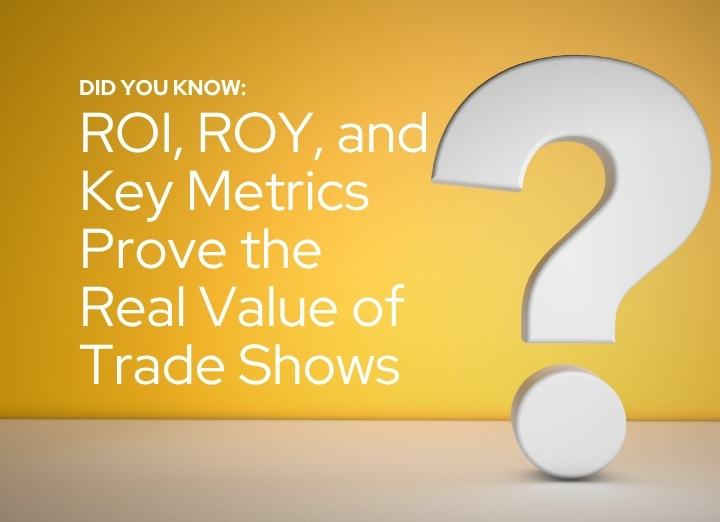Last month we discussed that late summer and early fall are a good time to make sure that your exhibit display is in good working order. It’s also important to take some time, ahead of time, to re-evaluate your messaging strategy.
TRICKS (of the trade)
Know Your Audience
A cornerstone of all marketing strategies is knowing who your audience is, and what your customers are looking for. What motivates them to buy a product from you or a competitor? How do they respond to your marketing content? Knowing your audience and its needs is not necessarily complicated, but it’s important that your content has proper context. The content of a message is what is communicated, whereas the context of a message is how it is communicated and its relevancy to the content.
It’s also helpful to identify potential product issues customers may face and how the company can react if those issues occur. This shows your company’s willingness to support its audience and demonstrates that you understand them. This helps built trust and confidence in your customers, and a little good will can go a long way.
Get Personal
“You need to create ridiculously good content – content that is useful, enjoyable and inspired.”
– Ann Handley, head of content at MarketingProfs, and two-time WSJ bestselling author.
Great content can speak to people’s hearts and minds and touch their emotions. It feels personal and it resonates with an audience. It’s also memorable. Visual design might capture the audience’s attention, but if you’ve got the right message to go with it, it becomes easier to convince people to buy your product or service. Consumers like to feel reliability in the products they purchase, and reliability builds trust.
Content in Context
“Content builds relationships. Relationships are built on trust. Trust drives revenue.”
– Andrew Davis, bestselling author & keynote speaker.
Great content can move an audience to act, but it’s not a sure thing. Remember that word “context” mentioned earlier? The one that goes hand-in-hand with content? Content is what you share with your audience, such as written material, graphics, video, etc. Context is the relevancy in which your content is delivered that gives it meaning. It’s the practice of delivering the right message at the right time.
You can tug on your audience’s emotions, but if the context doesn’t align with the content, like a hand in a glove, it can fall flat. Here’s an oversimplified example: Let’s say that you run a restaurant that serves seasonal milkshakes. In winter, there’s a peppermint shake; in spring, mixed berry; in summer, peach; and in fall, pumpkin.
The content, in this case, is the milkshake. The context is the flavor, relevant to the season. While mixed berry could be relevant to both spring and summer, you wouldn’t advertise it in the fall or winter.
Exceed Expectations
“We need to stop interrupting what people are interested in and be what people are interested in.” – Craig Davis, Sports journalist.
Respect, trustworthiness and leadership are all crucial traits of a successful brand and easy to understand, but what about professionalism? Professionalism is an amalgam. It includes how the company is perceived, how it responds to negative situations, what the company is communicating, and how it’s communicating it. Professionalism can be perceived from something as small as typographical errors and poor grammar in print communications, to the effectiveness of a company’s customer service, and even how a company handles a product recall.
Get to the Point (and have fun doing it)
These days, people are more visually attuned than ever. They are bombarded with data and information every day, which is why good visuals are essential to communicating your message. Visuals allow the brain to make shortcuts. Remember the phrase, “a picture is worth a thousand words?” Turns out it’s true. You can say more with visual content and a few words, than a lot of words alone.
Visuals are what capture our attention first and encourage us to read the words. Visuals and phrases together can evoke audience response, especially when used with humor, and are more likely to get shared on social media.
Humor is an excellent tool when used properly. Try to be clever and witty in your message and keep it simple. People enjoy humor as long as they understand it! Don’t try to impress your audience by using big words or jargon that might confuse people; don’t be overly wordy, and don’t patronize them.
Be Creative
Use of different fonts and colors can be helpful when used in design aesthetics, as can graphics and videos. As Jay Acunzo of the Content Marketing Institute writes: “Standing out isn’t about being bigger, better, or louder. It’s about being different.” Being creative doesn’t refer only to content, but also the medium that it’s presented on.
For example: A cool lightbox image in a tradeshow exhibit can attract attention, but it’s static; it’s not going to change, whereas an LED video panel can present much more information and the message can be changed on the fly. It’s very dynamic. Think of outdoor billboards. Your conventional billboard is typically a static image that remains in place for the duration of its advertising run. However, LED billboards can rotate through several ads per minute. Both types of billboards take up the same amount of space, but you’re getting a lot more bang for your buck by using LED panels.
TREATS
A Nice Payoff
By taking the time to know and understand your audience and tailoring your message to fit their needs, the payoff can be huge; in brand recognition, revenue and increased popularity. Remember: Knowing your audience is not just about what you think they’re going to buy, but what they aren’t. Make it your business to anticipate their expectations; tailor your call to action in a way that makes the audience feel they need to do what it is you’re telling them to; find creative ways to reach them on an emotional level, and don’t be afraid to try something different.





